When he ended his Test career, he held the following Test records: Most Tests (125). Most consecutive Tests (106). Most runs (10,122). Most hundreds (34). Most scores of 50 or more (79). Most hundred partnerships (58).
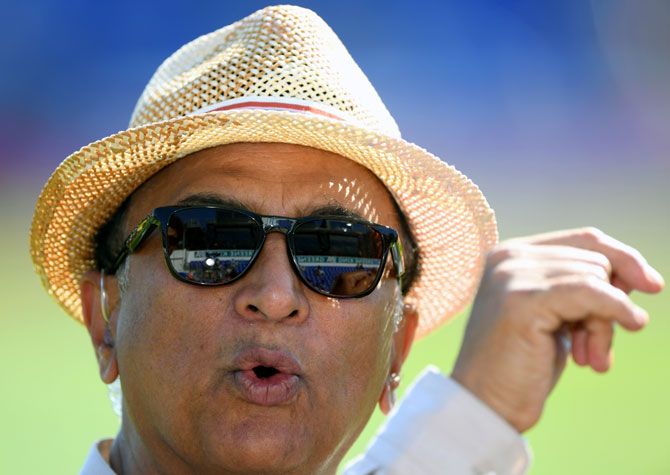
Sunil Manohar Gavaskar, 71 today, July 10, is inarguably the greatest Test opener cricket has seen.
Without wearing a helmet or any other form of headgear till he was nearly 34, the Bombay batsman successfully negotiated some of the best fast and swing bowlers of his generation -- Bob Willis, Jeff Thomson, Dennis Lillee, Richard Hadlee, Imran Khan and the West Indies pace battery of Andy Roberts, Michael Holding and Malcolm Marshall, while opening the innings for India.
It was only in the final years of his magnificent career that Gavaskar wore a small guard for his temple, which he would tuck into his wide-brimmed cloth hat, after he decided to reintroduce the hook into his repertoire of shots.
Besides his near-flawless and simple technique, it was his character and courage, coupled with individual brilliance that stood him in good stead when batting up first against hostile quicks on the fliers in the West Indies, the green tops Down Under, the deceptively greener and slower tracks in England and the unpredictable pitches in Pakistan.
Gavaskar represented India in 125 Tests and 108 ODIs during an illustrious playing career from 1971 to 1987.
The Little Master created several records including most runs in Test cricket and most centuries in Tests. He also scored centuries in each innings of a Test match three times.
He was the first batsman to go past the landmark of 10,000 Test runs and is greatly remembered for his brilliant performances against the mighty West Indies when batsmen all over the cricketing world fell prey to the Windies's relentless pace bowling.
Some more interesting facts about SMG:
Soon after he was born, he was exchanged with a fisherman's child at the maternity hospital. An alert uncle, Narayan Masurekar, who had spotted a birthmark near the baby's left ear, raised a ruckus before Sunny (he hadn't been named yet) was restored to his mother.
Gavaskar's uncle Madhav Mantri played four Tests for India and inspired his young nephew to take up the game.
His youngest sister Kavita married Sunny's team-mate, Gundappa Viswanath, inarguably the most elegant Indian batsman of his era.
His only child Rohan, who was born when Gavaskar was away in New Zealand back in February 1976, represented India in 11 One-Day Internationals.
His parents Marshneil and Sunil named Rohan after his dad's three favourite cricketers -- the great West Indian batsman Rohan Kanhai, the incomparable M L Jaisimha and the brilliant Gundappa Vishwanath.
Gavaskar's younger sister Nutan played for the Albees Cricket Club -- the first women's cricket club in Mumbai -- and was honorary general secretary of the Women's Cricket Association of India.
Left-arm spinner Dilip Doshi, by the way, it is said, introduced Marshneil -- 'Pammi', as Sunny and her family call her -- to the young batsman in 1973 and the couple married on September 23, 1974.
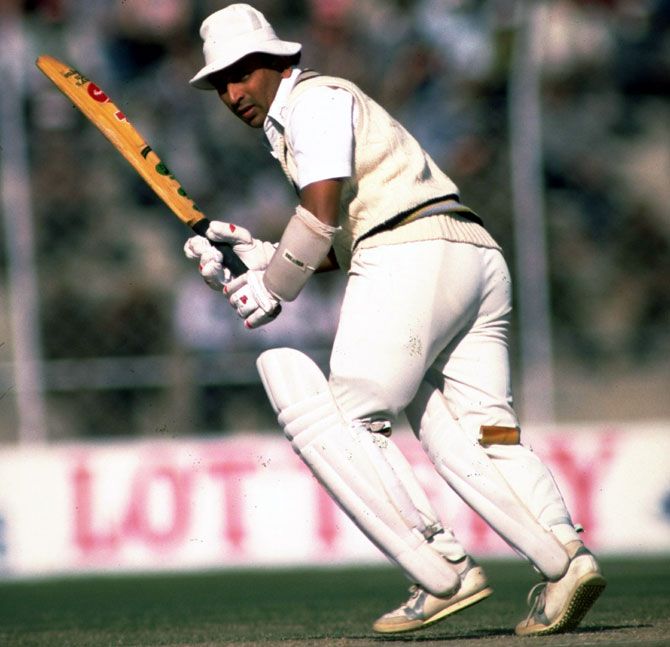
Believe it or not, but Gavaskar once got a haircut on the field from an umpire during a Test match.
In the Test against England in Manchester in 1974, Gavaskar was having problems with his hair coming in the way of his sight on a windy day at Old Trafford.
He promptly asked umpire Dickie Bird (who else!) to trim his hair in the middle of the game using the scissors kept to cut the threads which come out of the seam of a cricket ball.
Gavaskar batted left-handed in the Ranji Trophy semi-final against Karnataka in the 1981-1982 season.
This he did to counter left-arm spinner Raghuram Bhatt. While he batted left-handed against Bhatt, he switched to batting right-handed when batting against B Vijayakrishna.
The 22 year old scored 65 and 67 not out on his Test debut against the West Indies at Port of Spain in 1971.
He scored 116 and 64 not out in the next Test at Georgetown, followed by 1 and 117 not out at Bridgetown.
In the final Test at Port of Spain, he finished the series with scores of 124 and 220.
His 774 runs in four Tests in his debut series against the West Indies in 1971 is still a Test record by a debutant.
'It was Gavaskar
The real master
Just like a wall
We couldn't get Gavaskar at all, not at all
You know the West Indies couldn't out
Gavaskar at all.'
The words of a Calypso song, composed by Lord Relator, as a tribute to Sunil Manohar Gavaskar's stunning debut against the West Indies in 1971.
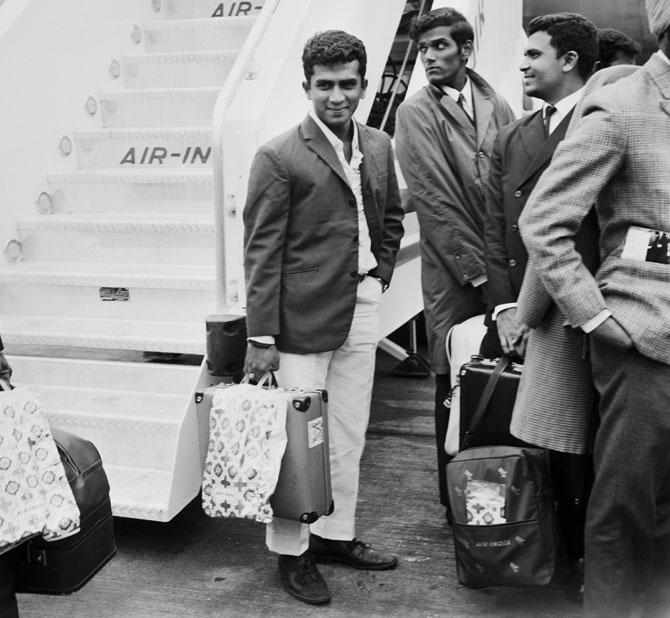
During a Test match against Australia in 1981, when he was given out leg before to Dennis Lillee, unhappy with Umpire Rex Whitehead's decision, Gavaskar angrily urged batting partner Chetan Chauhan to leave the field along with him.
Then Indian team manager Wing Commander Shahid Durrani quickly intervened and prevented what could have been a forfeit of the game.
Referring to the incident many years later, Gavaskar acknowledged his mea culpa and said, 'There has never been an unhappier incident in my career.'
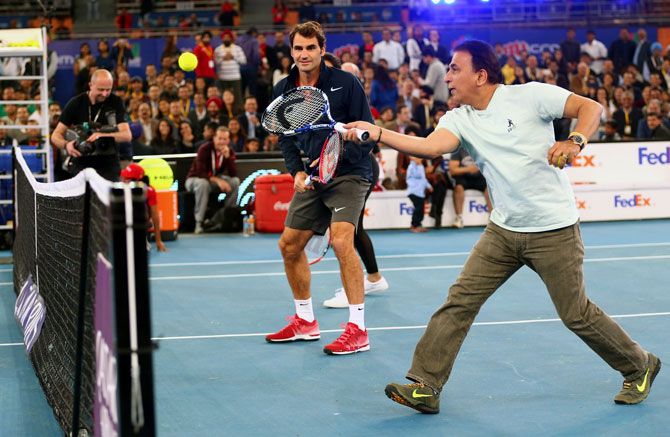
Gavaskar's unbeaten 236 against the West Indies at Madras in 1983 was the highest individual score by an Indian in Tests for 18 years before V V S Laxman scored 281 against Australia in Kolkata in March 2001.
It was the only three figure score of his Test career batting in the middle order -- he batted at number four in that game.
He reached the 10,000 Test run landmark against Pakistan in 1987 in Ahmedabad in his 124th Test.
When he ended his Test career, he held the following Test records: Most Tests (125). Most consecutive Tests (106). Most runs (10,122). Most hundreds (34). Most scores of 50 or more (79). Most hundred partnerships (58).
He hit 13 Test hundreds against the West Indies -- a feat unequalled by any other batsmen despite playing against the Windies pace battery without a helmet.
In the inaugural ODI World Cup, he set a dubious record, scoring an unbeaten 36 having batted the entire 60 overs against England at Lord's in June 1975. He faced 174 balls of the 360 balls faced by the entire team.
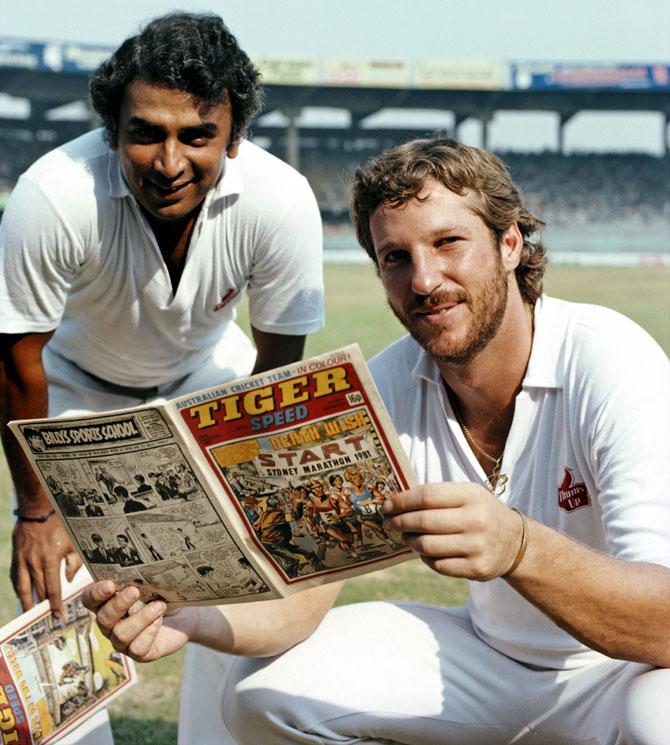
Although he has scored only one ODI hundred, which came in the second last match (his 107th) of his ODI career, he achieved it in style.
During the 1987 World Cup game against New Zealand at Nagpur he blasted an unbeaten 103 in just 88 balls with three sixes and 10 fours, reaching his 100 in 85 balls!
He finished his ODI career with a fairly decent career strike rate of 62.28 runs per 100 balls.
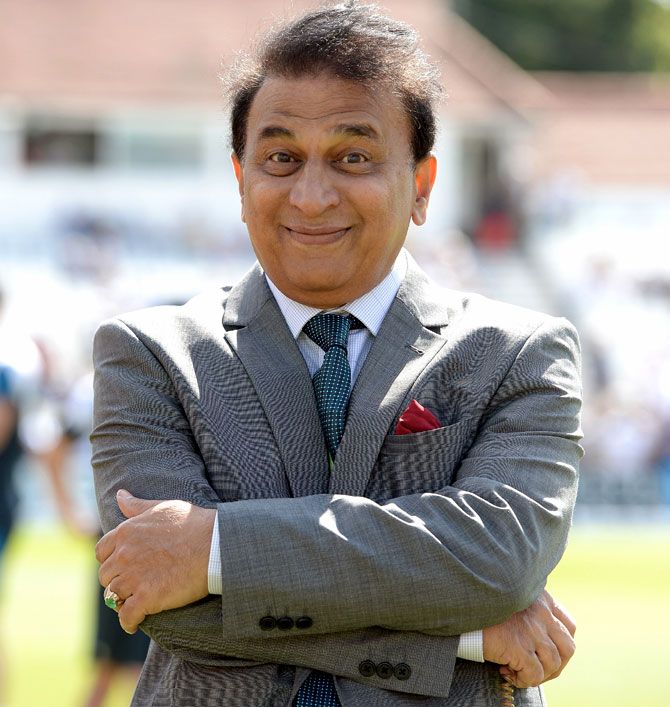
His final first-class game came in England. Playing for the Rest of the World against the MCC in the MCC bicentenary match at Lord's in 1988, he scored 188 and a duck.







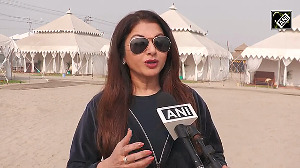



 © 2025
© 2025